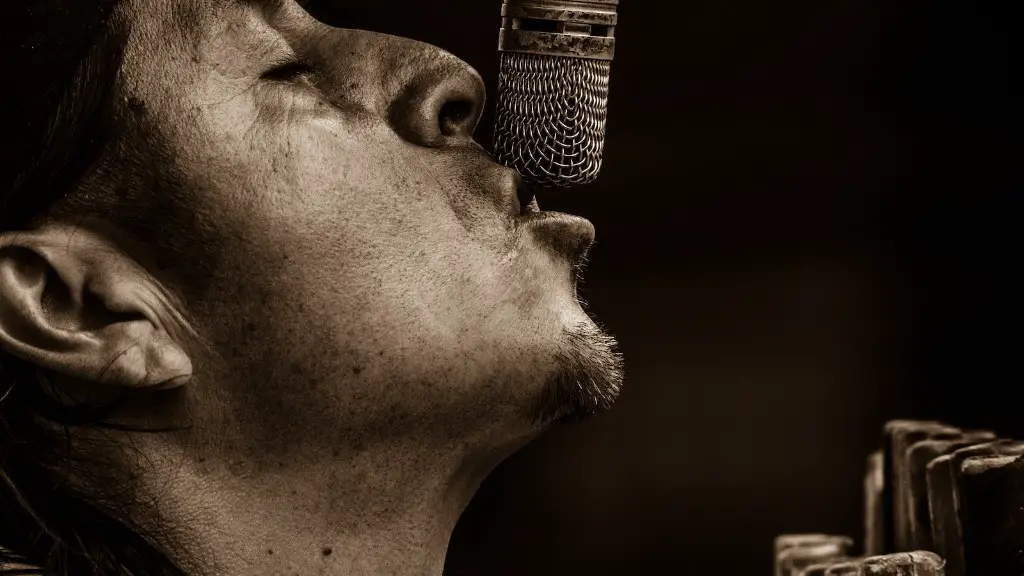How to Draw a Poison Dart Frog
Sure, you could draw a picture of a poison dart frog that looks like something your 4-year-old niece could have drawn. But if you want an eye-catching artwork, you’re going to have to put a bit more effort into it. Drawing a poison dart frog requires a few basic skills, but with a bit of practice, yours will stand out from the rest.
select the color scheme
The most striking feature of a poison dart frog is its vibrant colors. As you’re picking the color scheme for your frog, try to match it to the natural colors of the species. Look at a photo of an actual poison dart frog for inspiration. If you’re feeling creative, though, you can go wild and come up with a unique color pattern that’s all your own. No matter what you choose, remember to think of vibrant blues, reds and yellows.
When you’re getting ready to lay down the colors, think about the different textures of the frog. The back should have stripes like shimmering rainbows and if you’re up for some extra detailing, you can paint the stomach a solid color. And don’t forget about the eyes. They’ll bring your frog to life and make him look both intimidating and playful.
Look at the shape of the body
Frogs are always fun to draw, and a poison dart frog is no exception.
Start sketching out the basic shape of the frog on a sheet of paper with a pencil. Don’t worry too much about the details. Just begin by drawing a smooth tear drop shape, with a concave back, two beady eyes, and a tapered snout.
Once you’re done with the basic outline, think about the way the frog’s legs stick out from the side. Don’t make them too big or too small. Rather, look for a size that looks both proportional and natural, like the legs of a real-life poison dart frog.
Finally, sketch in two feet at the end of each leg. They may be small, but they will bring the entire drawing to life.
Focus on the details
Once you’re done sketching out the basics of your poison dart frog, it’s all about adding the small details that will make it unique. Look at pictures of actual frogs, and then draw their markings onto your sketch. Look for the bumpy skin characteristics and details around the eyes and nose. Try to capture the frog’s natural shape and shine.
Don’t worry if your details are not perfect. Remember, even mistakes can look interesting and creative when you’re enhancing a sketch.
At this point, you may find yourself getting overwhelmed by the little details. When this happens, take a step back and look at the bigger picture. Don’t obsess too much over every little detail, and just try to focus on the main characteristics like the markings, the eyes, and the feet.
Add color to your masterpiece
When you’re ready to add color, try to limit the number of hues you use. Stick to a select few, and you’ll achieve an eye-catching effect. If you’re feeling adventurous, try setting up your own color wheel and experimenting with the contrast. This will make the colors on your frog pop and stand out.
When coloring the body, use a light touch. If you apply too much pressure, you’ll blur the details. Instead, dip the tip of your brush in small amounts of paint, and then apply it sparingly onto the paper.
Be sure to add some shading around the eyes, mouth and legs. This will add depth to your frog and make it look more alive. Again, go lightly on the shading, and layer your colors one at a time.
Enhance with details
If you want to bring your frog to life, add some details! With a pen or fine-tipped marker, you can draw intricate patterns, veins and shadows. Again, don’t be afraid to make mistakes. Even the tiniest details can make a huge difference in your drawing.
Highlight your frog by adding some darker colors. Use thin strokes for precision. This will make your frog look a little bit more realistic, and give it the sense that it’s jumping out from the page.
Finally, use some lighter colors to bring out the subtleties of your frog. Think of the highlights on its back, the faint lines over its eyes, or the tiny shadows near the legs. All these little additions will give your frog its unique character and make it stand out from the rest.
